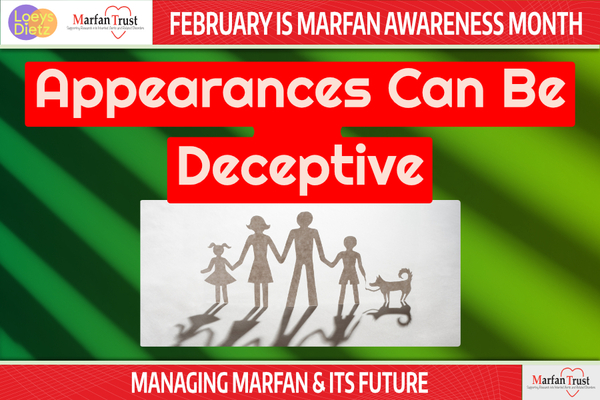Labels classify, reducing complexity to simplicity. Marfan is labelled as a tall, thin condition but not every Marfan fits this bill. There is great variability between patients in the physical signs and symptoms of the syndrome, even between family members, as Ellie says.
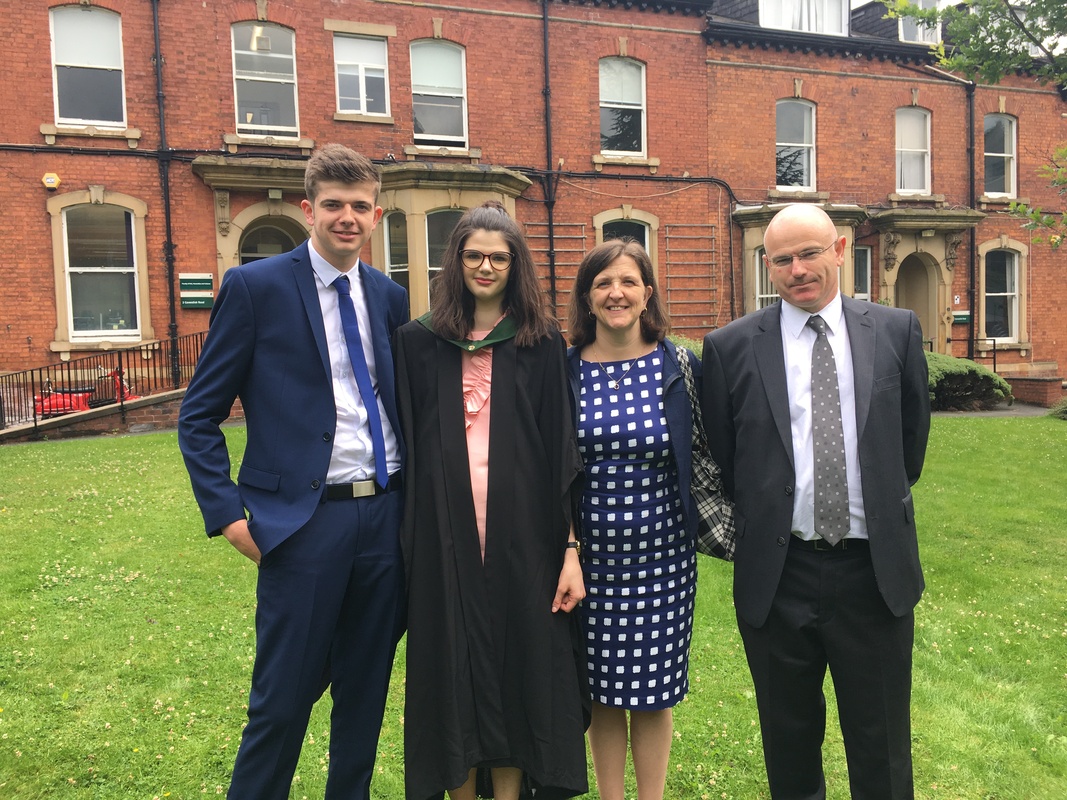
A study of tallness in Marfan people found their mean height was above the 95 percentile for the general population by their third birthday. But not every Marfan is tall and those who are, are not necessarily badly affected.
by Ellie
My family has a very complicated history with Marfan Syndrome: one that still begs a lot of questions.
Me, my mum and my younger brother all have Marfan Syndrome. It all started after a GP noticed I had a mild scoliosis at age 10. The two years following this routine appointment, were full of referrals and tests which led to consultants asking questions about my family history, in particular my mum’s poor health since birth.
In 2008, at the age of 38, my mum received a positive genetic test for Marfan Syndrome and was told by doctors that they were surprised she survived two pregnancies. Due to the fact that my brother and I bore all of the physical characteristics of Marfan, we too were presumed to be positive and began preventative treatment and monitoring until our diagnoses was confirmed by genetic testing in 2017.
As I’ve outlined before, Marfan affects us all in completely different ways. My younger brother is 6ft 5 and presents with most of the visually recognisable hallmarks of Marfan with luckily very few of the health concerns, whereas my mum is 5ft 4, has an enlarged aorta and has had to undergo many eye surgeries due to Marfan-related issues. For me, the way Marfan has affected my health has mainly been musculoskeletal. I have four curvatures in my spine, three degenerate disks and had surgery in 2018 to correct a life-threatening case of pectus excavatum. As a result of this, I have been living with chronic pain since my teens and have experienced some profound moments of anxiety and depression.
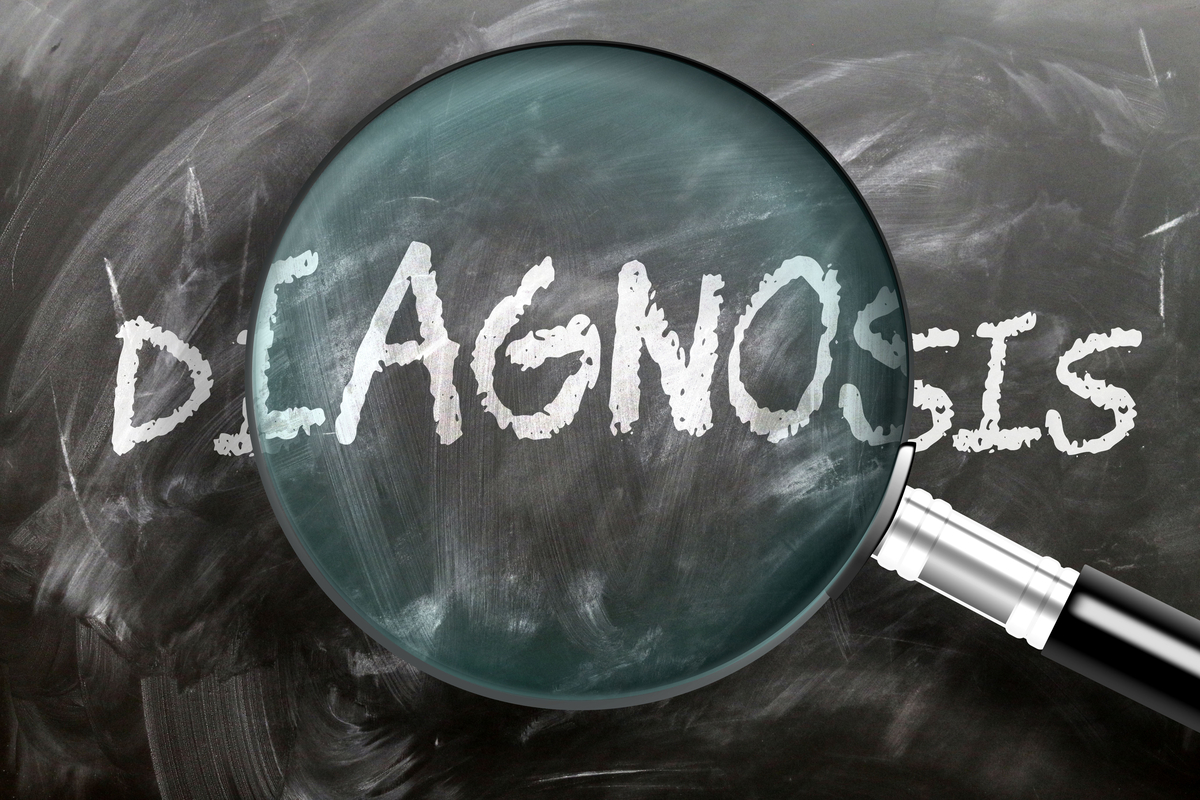
Getting diagnosed with Marfan Syndrome was very daunting for my family, as it is for most. What made it even more difficult was that living in Cumbria we had access to no specialist healthcare, and had to travel far and wide to see the right consultants: a problem which continues to frustrate us.
After my Mum’s positive test, geneticists started asking questions about her parents, who were invited for tests in 2008. During this time, when my family was all of a sudden being overwhelmed with information about Marfan Syndrome, my Mum and Granny both had the uncanny feeling that my great-granda Clarence (my Granny’s dad) had all of the symptoms and characteristics that were typical of Marfan.
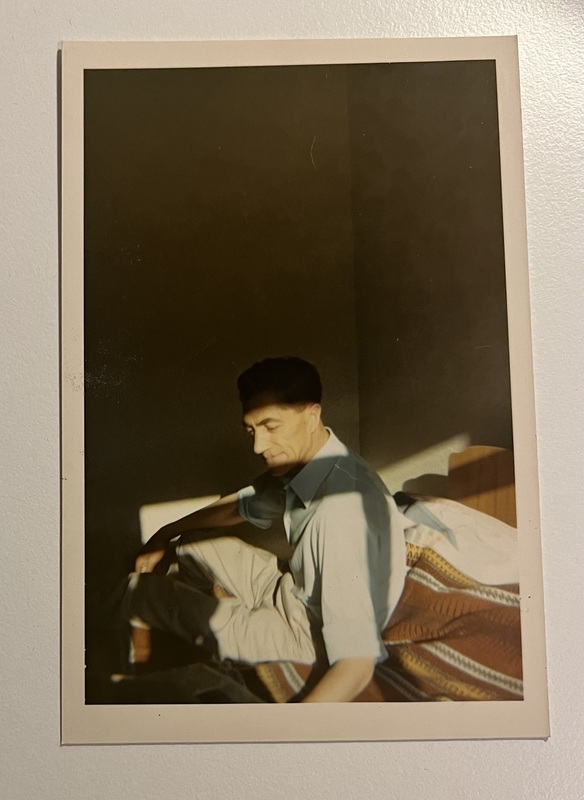
My Granda, Clarence Henry Holloway, was born in 1924: March 4th of this year would have been his 100th birthday. He was the youngest of six children, all of whom except one were over 6 foot tall. Their mother (my great-great grandmother) was an incredibly ill woman who was bedridden by her 40s and died from a heart attack in her early 50s because of a severe asthma attack.
My Granda fought in France during the Second World War and upon returning took up a number of jobs, namely as a stoker at a gas house and an operative at an electrical station. Despite such labour intensive jobs, my mum and Granny tell me that Granda was always very frail. They say he was never a well man who suffered from various illnesses throughout his life and was generally of very poor health. Standing at around 6 foot 4, Granda was always very slim and never weighed more than 11 stone. He had very long fingers, bony joints, long legs, deep-set eyes, an abnormally high palate, and always stood stooped over.
In the 1980’s, Granda was diagnosed with Emphysema and passed away in 1994 at the age of 70, just two years before I was born.
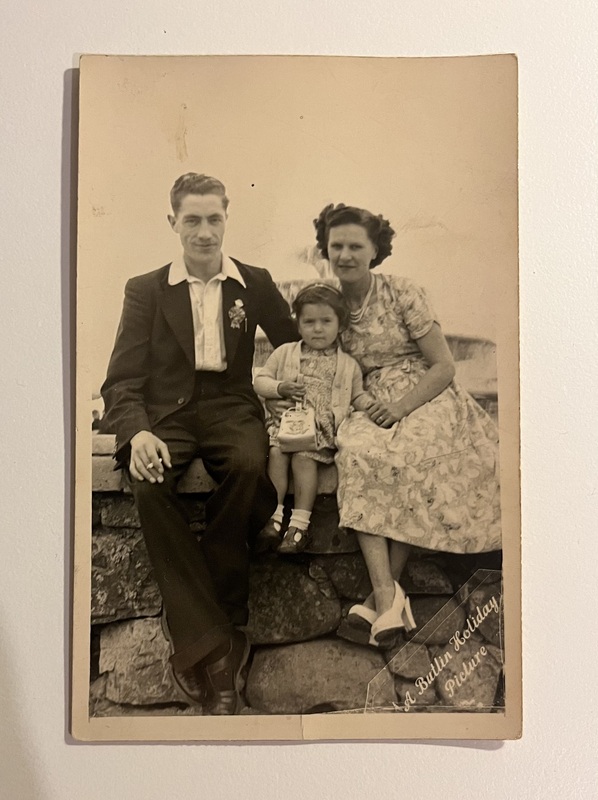
With this in mind, my Mum and Granny took photos of my Granda to their geneticist appointments and took the time to explain the characteristics he had which made them suspect that he too had Marfan. Again and again my Mum and Granny were told that without a doubt he must have had Marfan Syndrome. This only served to complicate things more when my Granny received a negative genetic test result and my Mum was told she was a spontaneous mutation.
This has always been a sticking point in our family that remains very much unresolved for us. We have been told over and over again that Marfan Syndrome is a dominant genetic mutation that can’t miss a generation. Having done Biology in school I understand the science behind genetic inheritance, yet I find it difficult to explain how my Mum’s Marfan Syndrome can be classed as a random genetic mutation when geneticists are convinced that my Granda had it. This is something that we’re never going to have an answer to, as my Granda died in 1994 and has no living relatives.

